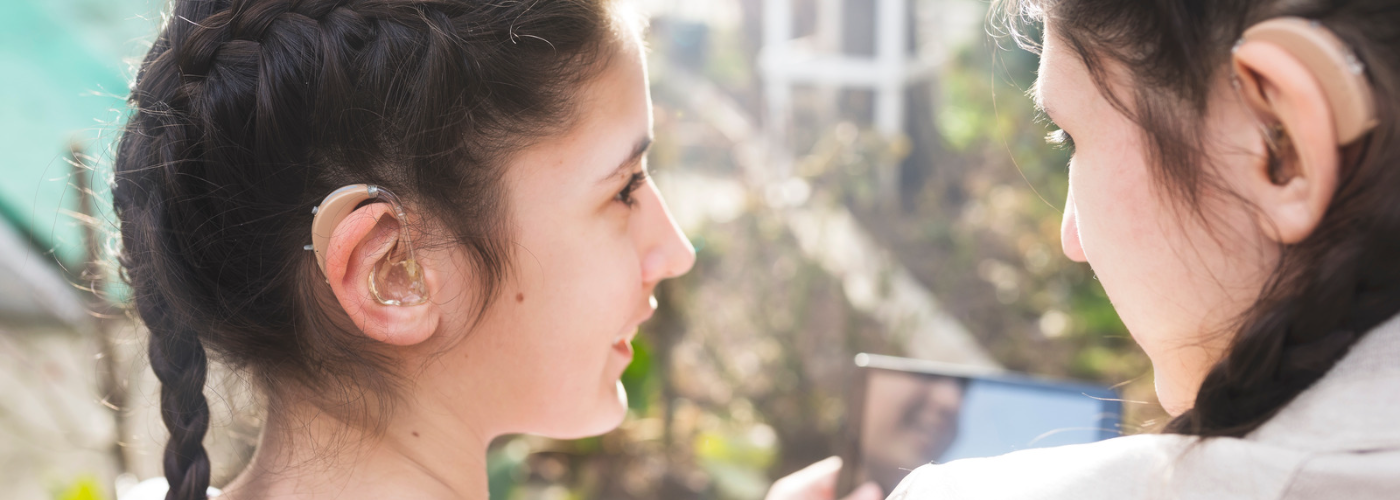Home » Resources » Access & Accommodations » Assistive Listening Systems » Finding and Upgrading Your ALS
Finding and Upgrading Your ALS
Part of finding the right ALS solution to purchase for your institution is that you may need to consider both current and future needs of deaf students on campus. Unfortunately, we have yet to come across an ALS that is compatible with every hearing aid and cochlear implant on the market. In this section, we provide some questions and suggestions to guide your decision making process.
Understanding Students' Needs and Preferences
- What type of ALS has the student experience in the past?
- Has the student gotten ALS recommendations from their audiologist?
- Where will the student need to use the devices? (For example: 1:1 meetings, classrooms, large venues, off-campus)
- What kind fo feedback have you received from students in the past on your current system?
Understanding What is Needed at Your Institution
- What large event spaces need a system installed or available for deaf students and members of the public?
- Is the system flexible enough to work with students who have hearing aids/cochlear implants from a variety of manufacturers, as well as for those who do not use personal devices and need a headphone connection?
- How will you identify and track campus spaces that are equipped with ALS? (For example, signage for loop systems.)
Seeking Expert Advice
- Collaborate with your institution’s audiology department to make decisions about which systems to purchase.
- Reach out to various manufacturers for demos and price estimates.
Acoustic Audit for Campus Spaces
Environments can play a role in how well an ALS can function. Even state of the art technology requires some modification to the structural environment to be maximally effective. Here are the best practices for classroom modifications to improve acoustic access for all students:
- Increase absorbent materials (such as ceiling tiles, mats on the floor, boards on the walls) to reduce reverberation.
- Add caps to the bottoms of chairs to reduce noise when moving furniture around.
- Assess the type of lighting in the room to reduce flickering or buzzing sounds emitted by the lights.
- Address industrial noise in the room (e.g., HVAC systems, computers, projectors).
- Close windows when noisy outside; get heavy duty window panes to keep the ambient noise out.
- Keep doors closed and bottom of doorway sealed to keep hallway noise out.
- Ample lighting
- Desks arranged in a way that students can see each other (e.g., U-shaped)
Institutional Responsibility
Ensure all campus spaces are designed and maintained in accordance with the most current ANSI standards. This is critical for all students/teachers etc, not just deaf students.






